How Does the Ravens Uganda Waitlist Work?
Currently, there are 87 youth on the Ravens Uganda Waitlist
As of November 2024, there are 87 youth on the Ravens Uganda Waitlist. Of those 87 youth, 75 are waiting to complete their secondary school education—what we in the United States would think of as high school, plus a year. The Ugandan education system is modeled off of the British education system (Uganda was a “protectorate” of the British Empire from 1894-1962) and these levels of education are referred to as “ordinary level” and “advanced level”, which are roughly equivalent to 9th to 11th grade for ordinary levels and 12th to “13th” grade for advanced levels.
Once these 75 young people complete their secondary school education, they will continue on with Ravens for their higher education and/or vocational training.
The remaining 12 youth on the waitlist are already at the stage of pursuing higher education. In Uganda, higher education is absolutely essential to gain the kind of employment that will allow for self-sustaining independence.
Tuition support alone is not enough and so Ravens Uganda provides holistic, wrap-around support for the young adults in the Youth Empowerment Program, including safe and stable housing for those who need it. There are 18 youth on the waitlist who currently lack safe and stable housing.
Limiting Factors & What Can be Done
The only limiting factor is money. It is truly as simple as that! Right now, our funding can sustainably support 47 youth at a time, so once one young adult graduates, another can move off the waitlist. It’s a second reason why we so love graduations! If we can secure more funding, more youth can be moved from the waitlist into the Youth Empowerment Program.
Our goal for 2026 is to increase Ravens Uganda’s annual budget to $250,000. This would allow Ravens Ministries to consistently support 60 youth—a 28% increase in impact—and to continue to pay meaningful wages to our Ugandan staff.
How Waitlist Decisions are Made
Perhaps the most difficult part of the waitlist is having to make decisions about who goes on the waitlist and how long they have to wait. A major element of these decisions is risk factors: how vulnerable is this young person to abuse and/or exploitation? What sources of basic stability are and are not present for them right now?
To give a real-life example, a set of siblings, Nicholas and Janita, applied to Ravens at the same time. They had been abandoned by both parents (Nicholas, pictured here, is the older of the two siblings and was 16 when their parents left) and had been living on their own for four years at the time of their application. They lacked all stability, so they were high on the list.
Unfortunately, there was only sufficient funding to add one person to the Youth Empowerment Program. Based on her higher risk for experiencing abuse and exploitation, Janita was given the spot and Nicholas remained on the waitlist… until this year, 2025! Nicholas and Janita are now both in the Youth Empowerment Program and are each completing their secondary education. But Nicholas waited over 3.5 years for his opportunity to return to school.
What Happens While Youth Wait?
While young people are waiting for a spot to open in the Youth Empowerment Program, they are included in the life of the Y.E.P. community. They are invited to youth fellowships at Christian Family Fellowship Church, which is the “home base” for Ravens Ministries. This inclusion in community makes a huge difference in their mental, emotional, and spiritual wellbeing. It’s like being in transit: these young people are not yet at their destination, but neither are they where they started off. Many of these youth need to have their hope restored and attending weekly fellowships is an impactful first step and a regular reminder that they are in fact going somewhere.

